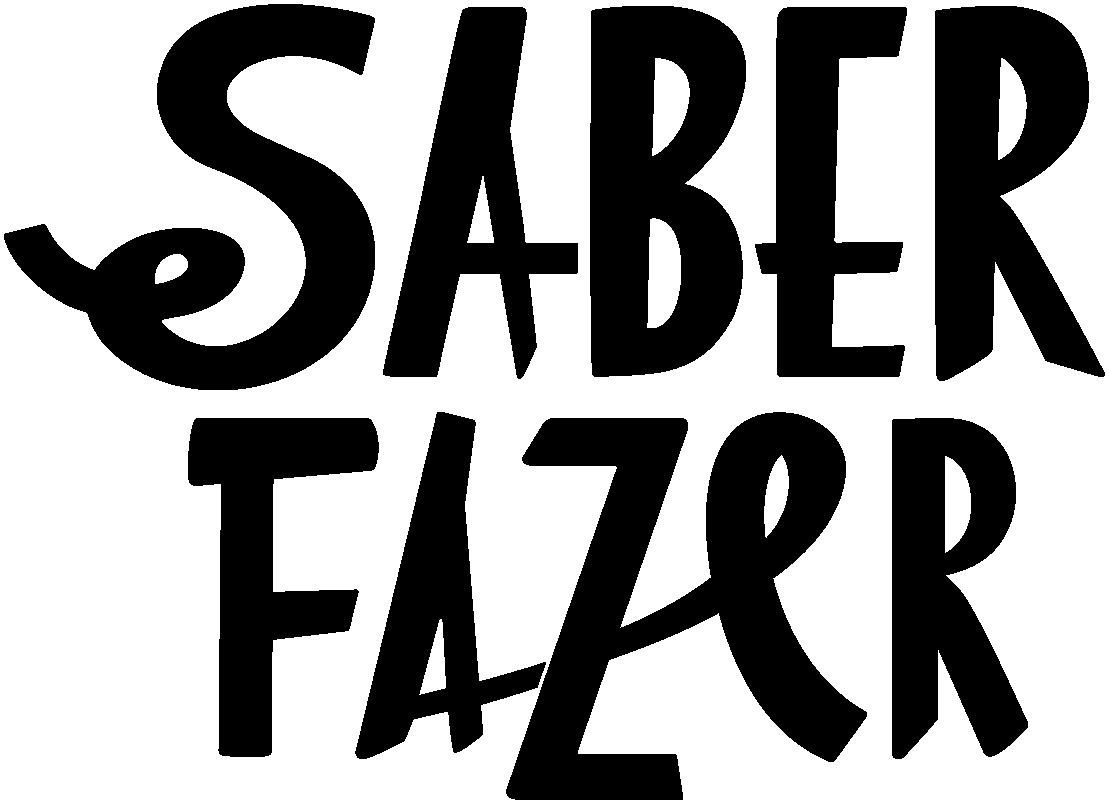Blog

Rosa and Manuel, basket weavers
Rosa was born in a family of basket weavers and when Manuel married her, he learned the craft and became one as well. They work as a team, in their workshop in Braga, where they make all kinds of wicker baskets, sometimes with the help of Rosa’s older brother, her teacher in this craft.

Washing wool with D. Ilídia
At the beginning of January, I went to see Mrs. Ilídia and together we washed a basin of wool, so that she could teach me how to do it properly. Washing wool is one of the seemingly simplest stages of the wool process, but for me it contains some wisdom.

Anatomy of a fulling mill
Anatomy of the Wool Stomping Facility in Bucos, now extinct, from the book "Tecnologia Tradicional - Pisões Portugueses".

Adelaide and the wool
On a visit to D. Ana, when she was there to explain to me how the loom's “risks” worked, I was lucky enough to also meet D. Adelaide, who is her older sister. She brought a few more blankets with her so that I could better understand how it all works.

Making a spindle with Zé Manel
When I started to learn how to spin wool, it became indispensable to get my own distaff and spindle. As I was lucky enough to learn from those who know what they are doing in regards to spinning, I was immediately informed about the characteristics of a good spindle: they’re made of oak, so that they may have the appropriate weight, they are handsculpted from beginning to end and they have a well-defined screw on the tip.

Tempereiro
Tempereiro is the portuguese name for the metal ruler that is used to stretch the fabric on the loom, so that it doesn’t shrink while weaving.

Fulling the wool
Leafing through Tecnologia Tradicional: Pisões Portugueses, I thought it was a funny coincidence that the only photos of a fuller in action were those of Mr. Francisco's father, the fuller at Pisão de Tabuadela, which I've already had the opportunity to visit.

Fátima Gomes, Weaver
Fátima Gomes's rugs have stayed in my memory since I first saw and touched them last August. There's a rustic side to them that respects the natural beauty of the wool and, at the same time, manages to be incredibly sophisticated in its simplicity.

Winding the Warp
Since there are fewer traditional handlooms around and the people that have them work less each day, having the opportunity to help making a warp is a rare event. I had noticed that D.Ilídia's loom warp was almost over, so I kept insisting with her to make a new one.

Lúcia, Professional Weaver
In the short visit I paid to D. Lúcia, she showed me her loom, many of the blankets she weaves and even let me borrow the “drafts” she has. Unlike most of the weavers I've met, Lúcia weaves professionally full-time, on commission.

Preparing the flax for spinning
D.Maria shows us how to prepare the linen to be spun with a distaff and spindle.

Learning to spin flax
With D.Maria orientating me, I spinned linen for the first time.
She combed the fibers for me, and after teaching me how to put it on the distaff correctly, it wasn’t too difficult to spin.

Skeiners and Swifts
There are skeiners and there are swifts. Skeiners turn in a vertical plane and transform de the wool on the spindles into skeins. Swifts turn in a horizontal plane and transform the skeins into ball or spool.

Fake surface techniques and Gilding
Yesterday I visited Mr.Luís Castro, which works in restoration, at his workshop here in Guimarães. I already knew Mr.Luís because he was one of the artisans I covered in the chapter I wrote for the book about the House of the Lobo Machado family (currently belongs to the Comercial and Industrial Association of Guimarães).

Plying yarn using only the thumb
Still related to the different ways a yarn can be plied, here’s a small video where Zé Machado explains how to ply without any tools, using only his thumb.

The double shearing
One thing that had been confusing me was the double shearing per year. The fleece, to be sheared and used for wool needs to be at a minimum lenght, so I didn’t understand how they could shear the "meirinha" sheep twice a year.

Spinning wool with D.Benta
On one of my trips to Salto, with the purpose of visiting the Pisão de Tabuadela (The Tabuadela Wool Stomping Facilities), where the last burel blankets made by the Women of Bucos were felted, I had the chance of meeting D. Benta.

Pisão of Tabuadela
Yesterday was my first visit to the Pisão of Tabuadela and to a pisão all together. I met Mr.Francisco, who is a “pisoeiro” and owner of the “pisão” he inherited from his father, who explained to me a couple of things about how it works and a few more about wool and “burel” - the traditional portuguese fabric made of woven felted wool.

The flock of Casa da Lã
Last monday we went to see the sheep where the wool spun by the Women of Bucos come from. Over there, the women have only two terms to differentiate the wool they work with: the “lã brava” (something like wild wool) and the “lã meirinha”.

D.Ilídia’s wool blankets
Before I went on vacation and while the Casa da Lã was closed, I went to Bucos to visit Ilídia at her house. It felt nice to have a slow afternoon just talking about everything. She was willing to tell me new things and I was eager to listen.

